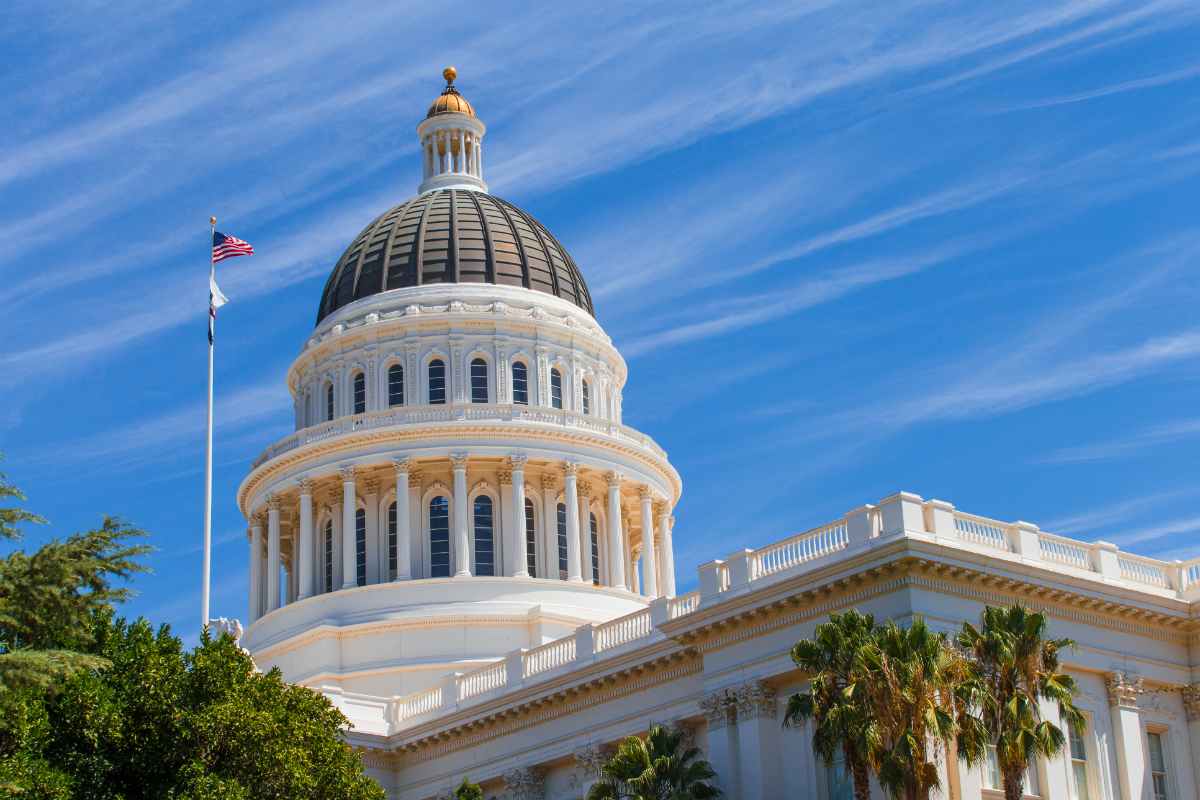In a CSBA webinar on June 29, which drew nearly 500 attendees, experts offered insights into budget implications for schools and other policy changes during COVID-19 (view the slideshow presentation).
Breaking down the finances and deferrals
While the budget includes no cost-of-living adjustment to the Local Control Funding Formula, an infusion of federal CARES Act dollars should result in a 3 to 5 percent increase in funding for local educational agencies, said Dennis Meyers, CSBA Assistant Executive Director of Governmental Relations. “The state has allocated this to make up for the flat funding,” he said.
Meyers said the additional good news with a “no cuts budget” is that LEAs can keep spending at current levels; the bad news is they won’t be reimbursed right away — in some instances, it will be nine months later. “You can still spend that February apportionment, you just won’t be reimbursed until November,” he said of the February 2021 payment.
Deferral schedule
In the current fiscal year
$1.85 billion from the June apportionment deferred until July of 2020
In the 2020-21 fiscal year
$1.54 billion from the February 2021 apportionment deferred until November 2021
$2.375 billion from the March 2021 apportionment deferred until October 2021
$2.375 billion from the April 2021 apportionment deferred until September 2021
$2.375 billion from the May 2021 apportionment deferred until August 2021
To help manage cash flow issues during these “dry periods,” CSBA’s Cash Reserve Program provides LEAs with a reliable and economical short-term cash flow funding option. There is no cost to apply for a Tax and Revenue Anticipation Note (TRAN) and no obligation to issue even after boards adopt a resolution to participate in the program. The CSBA program has issued more than 6,000 TRANs to date.
As LEAs look to balance their budgets during these tight times, they will face the prohibition of layoffs for certificated and specified classified employees (nutrition, transportation or custodial services) in 2020–21. “This removes one of the tools that we have in the toolbox to balance budgets,” said CSBA Legislative Advocate Cheryl Ide. CSBA and other management groups strongly advocated against such a prohibition in the days leading up to the budget compromise.
Regarding employee pensions, savings will materialize in the form of a reduction to the CalPERS school employer contribution rate to 20.7 percent, a 1.98-percent decrease from what was adopted by the board in April. A similar announcement about employer contribution rates is expected soon from CalSTRS.
Clarity provided around distance learning and ADA hold-harmless
Much-needed clarity also emerged Monday in regard to restrictive trailer bill language on offering distance learning. Senate Bill 98, the education trailer bill also signed on Monday, states that in-person instruction should be offered to the greatest extent possible, only allowing distance learning under two circumstances. The narrow language seemed to indicate that LEAs would need to resume in-person instruction even if they do not have the physical space, equipment, resources or capacity to do so safely and effectively.
Responding to severe concerns from CSBA and other education organizations, Assembly Budget Chair Phil Ting (D-San Francisco) clarified that the intent is simply to encourage as much on-campus instruction as possible given the circumstances and not to preempt or be overly restrictive of hybrid learning models. “This section is intended to grant flexibility to an LEA to determine what instructional model the LEA will adopt during the COVID-19 Pandemic, taking into account the needs of their students and staff, and their available infrastructure, provided the model adheres to an applicable state or local public health order or guidance.”
CSBA also identified concerns with the ADA hold-harmless provision. In his signing message for SB 98, Gov. Newsom recognized that schools with growing attendance will be negatively impacted because the current attendance provisions do not “take into account schools that had planned expansions.”
“By not funding those expansions, families enrolled in those schools may be displaced, with impacts exacerbated by COVID-19,” Gov. Newsom wrote. “I urge members of the Legislature to pursue targeted solutions to these potential disruptions, and will work with you in the coming weeks to enact them.”
LCAP replaced with learning continuity plan
The budget also replaces the 2020–21 Local Control and Accountability Plan with a Learning Continuity and Attendance Plan. District learning plans must be adopted by Sept. 30 and filed with the county superintendent, who may return it for recommendations for consideration. Similarly, county office of education plans must be filed with the State Superintendent of Public Instruction by Sept. 30, who many return it with recommendations for consideration.
The California Department of Education will provide a template by Aug. 1, and CSBA will offer support and training for LEAs to complete the plan, said CSBA General Counsel and Chief of Staff Keith Bray. The stakeholder and review process is very similar to that of the LCAP. The template will require LEAs to include:
- A description of how continuity of learning will be provided
- Plans for in-person learning and distance learning program
- Plans to address student learning loss for 2019–20 and 2020–21
- Specific strategies for English learners, foster youth, special education, homeless and students eligible for free or reduced-price meals
- How the mental and social-emotional health of students will be supported
“Much of it is what you’ve done in the development of your LCAP, but clearly the subject matter is different,” Bray said. “This will be your guide to assess and plan the delivery of education in 2020–21 for the students that you serve.”




